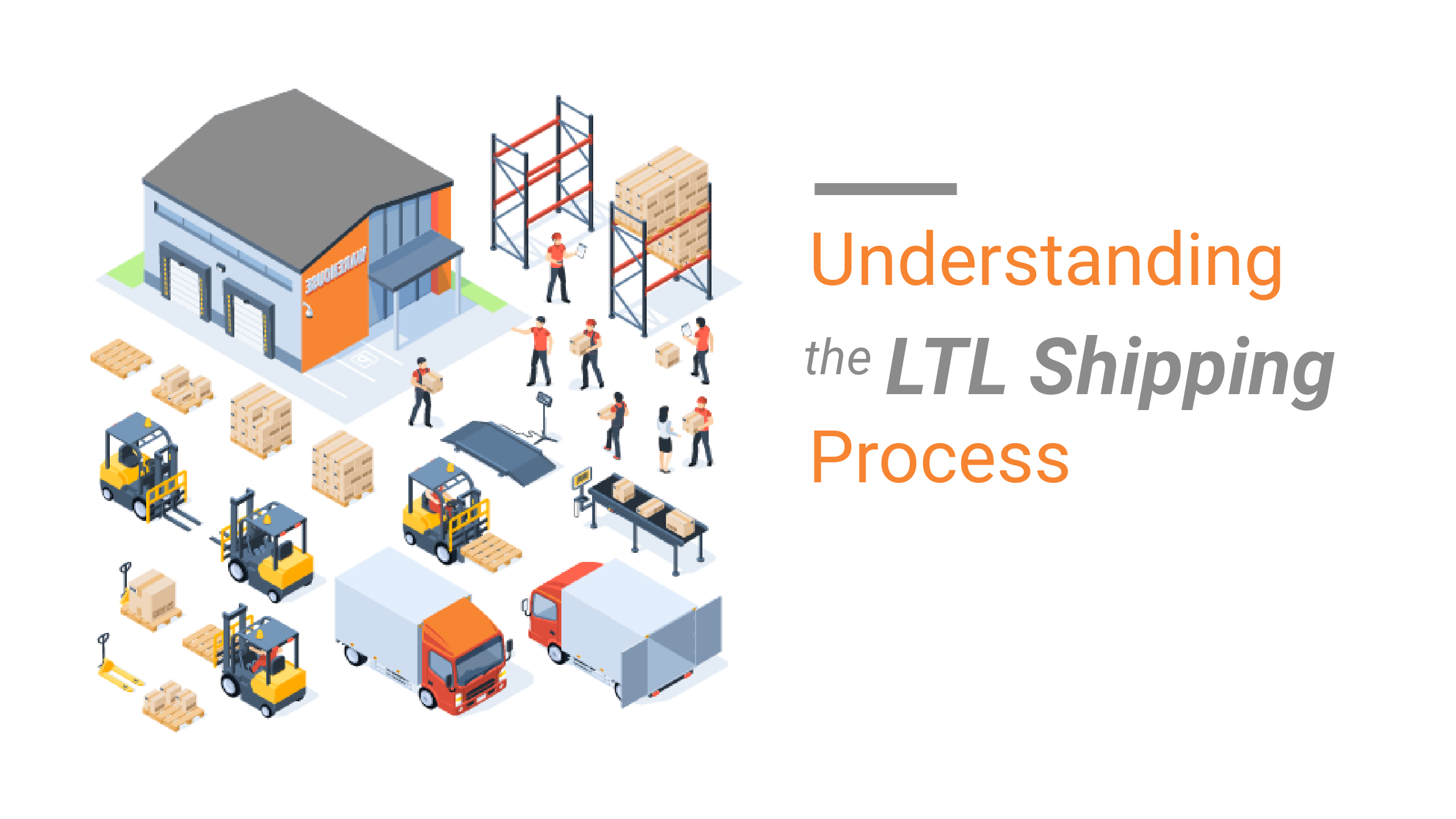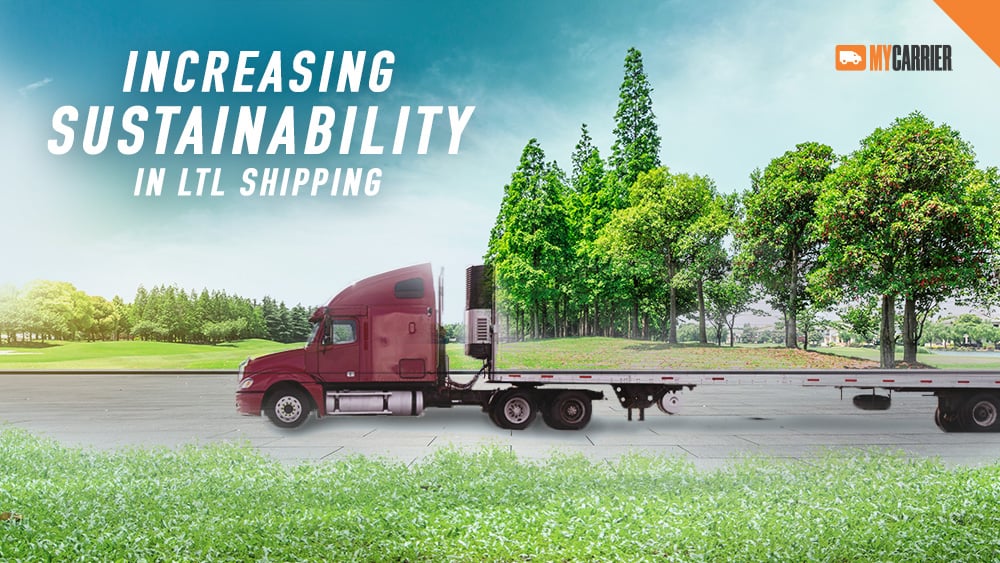The Top 5 LTL Shipping Tips
In LTL shipping, there are a few basic tips that can help with every aspect of the shipping process. Our industry veterans put together a list of 5 simple tips that can make managing LTL freight more cost effective and efficient.
1. Pay Attention to Correct Packaging Techniques
Did you know that about half of all damaged freight is caused by incorrect packaging? Unlike standard freight, LTL shipments are handled by many people in several different locations before reaching a final destination. That’s why using the right packaging supplies and procedures is absolutely crucial to keeping your shipments safe. In fact, some carriers refuse to even offer liability coverage for freight that’s packaged incorrectly. It’s never a good idea to skimp on packaging supplies. Doing the research on best packaging practices and spending a few extra dollars on higher quality shipping materials is key to ensuring that your freight stays safe and sound.
2. Be Proactive with Dimensions
Taking correct measurements is essential. No matter what products you’re shipping or what their volume is, an accurate measurement of dimensions is the optimal way to classify your freight. If your dimensions are inaccurate, you may find yourself paying for space that you didn’t even use. On top of that, you might find yourself paying unwanted reweigh and reclass fees. It’s definitely important to take the time to carefully measure and then document those measurements.
3. Verify Delivery Information
It may seem like a really obvious tip, but one of the biggest headaches for shippers is forgetting to verify who they’re shipping to and when they should expect the shipment. It’s easy to assume that every customer’s requested delivery area is equipped to handle an LTL shipment, but that’s not always the case. It’s important to doublecheck this info with your customer, for every shipment. Shippers can avoid reattempt hassles and additional paperwork by being proactive and double-checking the delivery address and expected arrival time beforehand.
4. Make Sure You Have Adequate Insurance Coverage
Unpredictable events such as loss, damage, and delay of freight can hurt both the reputation and bottom line of shippers. And Limited liability coverage from the carrier is just that…limited. With this type of coverage, only a portion of the shipment is covered AND the carrier is financially responsible for loss or damage only when it's proven to be attributable to carrier negligence. More than half of carrier liability claims are denied entirely.
Because of this, most shippers choose to cover their valuable goods via full value cargo insurance, for both the peace-of-mind it brings and the financial security it offers. This is especially true for LTL shippers, whose cargo is at greater risk due to increased freight handling.
Fortunately, MyCarrier makes buying cargo insurance easy. We partner with top-rated Loadsure Cargo Insurance to make choosing the perfect policy easy and efficient. Platform users have access to transparent, flexible coverage and hassle-free claims. In fact, claimants receive payment in just 7-10 days after receipt of supporting documents. That’s fast!
5. Automate your LTL Shipping Process
Paperwork not only can be a big hassle, but is the leading cause of shipping errors too. When your paperwork isn’t correct, it can lead to shipping delays, extra charges, and lost revenue.
Hands down, the best way to minimize paperwork errors is to automate your documentation process. Fortunately, quality transportation management systems, like MyCarrier, provide paperwork automation for you. We make documentation easy, fast, and efficient by streamlining the booking process with an adaptive learning flow.
MyCarrier auto-fills frequent order details and saves new addresses with all your shipping details. That way, you can cut back on hand cramps. Your Bill of Ladings are automatically generated, and all shipping documents can simply be shared with a click of a button.
Speaking of Bill of Ladings, MyCarrier is a leading advocate and adopter of electronic Bill of Lading technology. We help our shippers and carriers implement eBOL tech, which leads to fewer errors, improved productivity, and decreased costs…and it’s better for the environment.
Fortunately, the shipping automation process isn’t limited to just document creation. MyCarrier provides automation for the ENTIRE shipping process. This includes quoting…tracking…and analyzing your shipments, which means that you’ll have more time in the day for the things that matter most.
Hopefully, these 5 LTL tips have been helpful. Here’s to a smoother, faster and more cost-effective shipping process. Feel free to sign up for an expert-led demo below for more information. Happy shipping!




